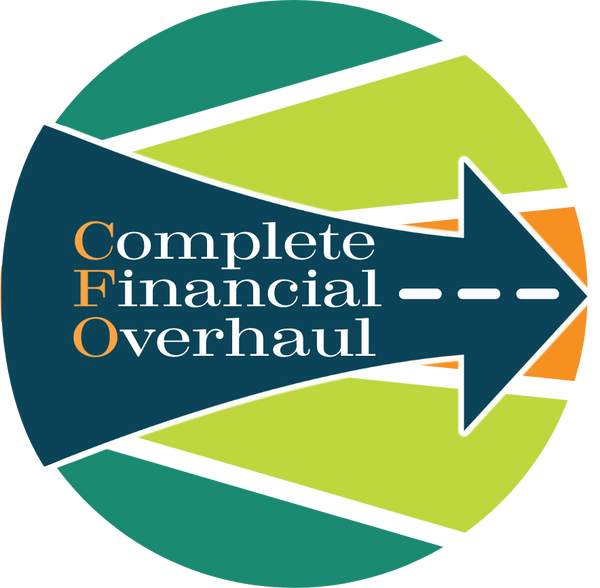Strategies for Paying Off High-Interest Debt
Share
Think of high-interest debt as a heavy weight that slows your progress on your financial journey. Just as carrying extra weight makes a journey more difficult, high-interest debt can make it harder to pay off what you owe, costing you more in the long run. By employing targeted strategies to pay off high-interest debt, you can lighten your financial load and move more quickly toward your goals.
Why is it important to focus on high-interest debt? Just as removing unnecessary weight allows you to move more freely, paying off high-interest debt reduces the amount you spend on interest, freeing up more money to pay down the principal balance. High-interest debt, such as credit card balances or certain personal loans, can accumulate quickly, making it harder to make progress. By tackling these debts first, you minimize the overall cost of borrowing and accelerate your journey to becoming debt-free.
Start by prioritizing your high-interest debts. This is like identifying the heaviest items in your load—list your debts in order of interest rate, starting with the highest. Focus on making extra payments on the debt with the highest interest rate while continuing to make minimum payments on your other debts. This approach, known as the “avalanche method,” is designed to minimize the total amount of interest you pay over time.
Consider consolidating your high-interest debts. This is like redistributing the weight you’re carrying to make it easier to manage—debt consolidation involves taking out a new loan at a lower interest rate to pay off multiple high-interest debts. By consolidating, you reduce the number of payments you need to make each month and potentially lower your overall interest rate, making it easier to manage your debt and pay it off faster.
Explore balance transfer options. This is like shifting weight from one side of your pack to the other to balance the load—many credit cards offer balance transfer promotions with low or 0% interest rates for a limited time. By transferring your high-interest credit card balances to a card with a lower rate, you can reduce the amount of interest you’re paying and focus on paying down the principal. Be sure to read the fine print and understand any fees or limitations associated with balance transfers.
Increase your payments whenever possible. This is like picking up the pace on your journey to reach your destination faster—making larger payments reduces the principal balance more quickly, which in turn reduces the amount of interest that accrues. Look for ways to free up extra money each month, whether it’s by cutting back on discretionary spending, taking on a side job, or applying any windfalls like tax refunds or bonuses directly to your debt.
Consider negotiating with your creditors. This is like asking for a lighter load to carry—if you’re struggling to keep up with high-interest payments, contact your creditors to discuss options for lowering your interest rate or setting up a more manageable payment plan. Some creditors may be willing to work with you, especially if you have a good payment history or are experiencing financial hardship.
By implementing these strategies, you’re not just paying off your high-interest debt—you’re actively reducing the burden it places on your finances. It’s like shedding unnecessary weight to move more freely and quickly toward your financial goals. With a focused approach and a commitment to paying off your high-interest debts, you can lighten your financial load and make significant progress on your journey to becoming debt-free.
